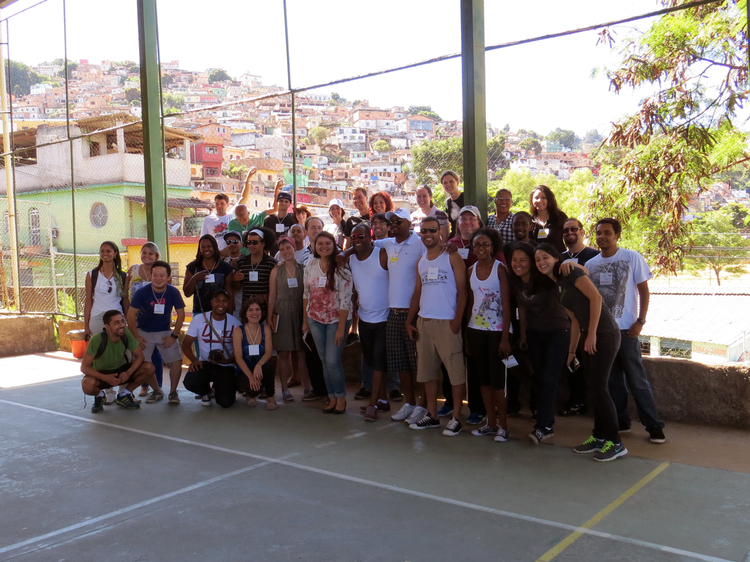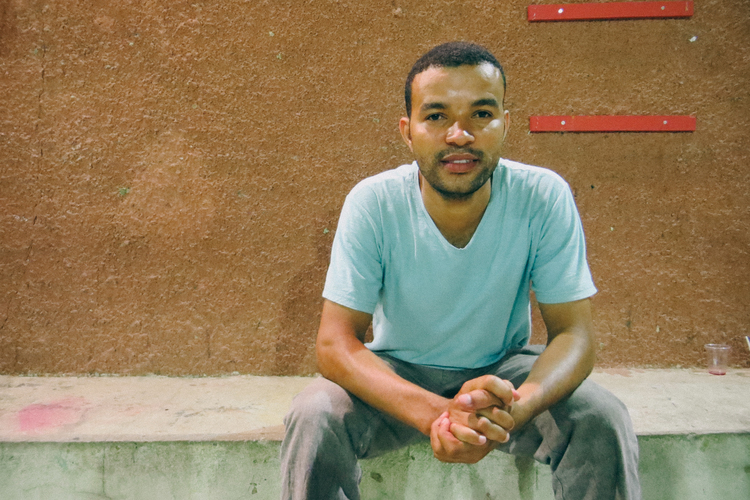A few weeks ago, part of the Civic Media team traveled to Brazil to facilitate a set of workshops in São Paulo and Belo Horizonte (a city in the state of Minas Gerais) to explore how citizen monitoring might be useful in holding elected officials accountable for promises they make about infrastructure. These workshops were part of our ongoing design process to create a mobile phone tool that will support citizen monitoring and data collection related to political promises.

In both São Paulo and Belo Horizonte, we conducted three-day workshops. In this post, I want to give a brief account of the workshop we held in Belo Horizonte, as well as share a few profiles of our attendees to give some more insight into the motivations of our participants and their rich lives outside of the event. In the coming weeks, I’ll produce a few more posts to describe the São Paulo workshop in more detail, and explain some of the design considerations that have come out of both workshops. The main difference between the two workshops was the availability of concrete, documented political promises. In São Paulo, there exists a set of 123 goals that the city government developed through a participatory process, and has committed to achieving by the end of their term in office. In Belo Horizonte, by contrast, we tried instead to monitor the priorities of a specific community, and how those priorities linked to government responsibilities and policies.
The Belo Horizonte workshop took place in a neighborhood called Aglomerado Santa Lúcia. Santa Lúcia, a group of favelas, is located in central Belo Horizonte and is surrounded on all sides by more affluent neighborhoods. Many residents of Santa Lúcia feel simultaneously ignored and antagonized by their city government and the communities that surround them. For example, they noted that while the streetlights in their neighborhood were not maintained and the trash was not being picked up, the government was paying enough attention to appropriate houses and force residents to leave their homes through a controversial city program called Vila Viva (more on that later).
The Workshop
Video produced by Movimento Minas, from their post about the event
Our participants were affiliated with a neighborhood advocacy group called UBRAFA (Brazilian Union of Favelas). On our first day together, we discussed the goals and priorities our twenty participants had, and how those might translate into something that could be monitored. The Belo Horizonte group had many goals and priorities related to housing appropriation, trash pickup, the accessibility of the stairways in their community, education, and sanitation. We talked with the group about how some of the more complex issues — education, for example — may be difficult to monitor, but we were urged by the community that just because such issues were difficult to monitor did not mean that we should not try.
After this initial conversation, we developed a series of data collection forms related to each topic using Open Data Kit and loaded these forms on a set of Android phones. Some topics that people cared about were more straightforward to monitor; locations of trash or abandoned cars, for example, could be photographed and geo-tagged. We took the feedback of our participants to heart, and for the more thorny issues like education we developed a form that would allow our participants to record the stories of individuals who had been affected by educational inequality using audio and video recording.
On our second day together, we got feedback from our participants on the forms we had made, and did a treasure hunt activity using mobile phones to ensure that everyone was familiar enough with the tool for the following day’s activities.
The third day was our busiest. In the morning, we split into groups related to the various interests of our participants (two groups chose housing appropriation, and one group each monitored education, accessibility, and trash) and set out to monitor each topic with the mobile phones. We returned in the afternoon and printed out aerial maps of the area, as well as the photographs each team had collected in the morning. We discussed with the group how this data could be used to make arguments to various audiences, the first step in our continuing efforts to understand how data collection and visualization can help advocacy efforts. The groups presented their data to various fictional audiences: journalists, public officials, friends and family, and neighbors at a community meeting.
The attendees at our Belo Horizonte workshop varied in terms of occupation and interest, but were united in their motivation to make change within their community.
Here are some of their stories:
Bruno Da Silva



Beatriz Imaculada da Paz Souza

